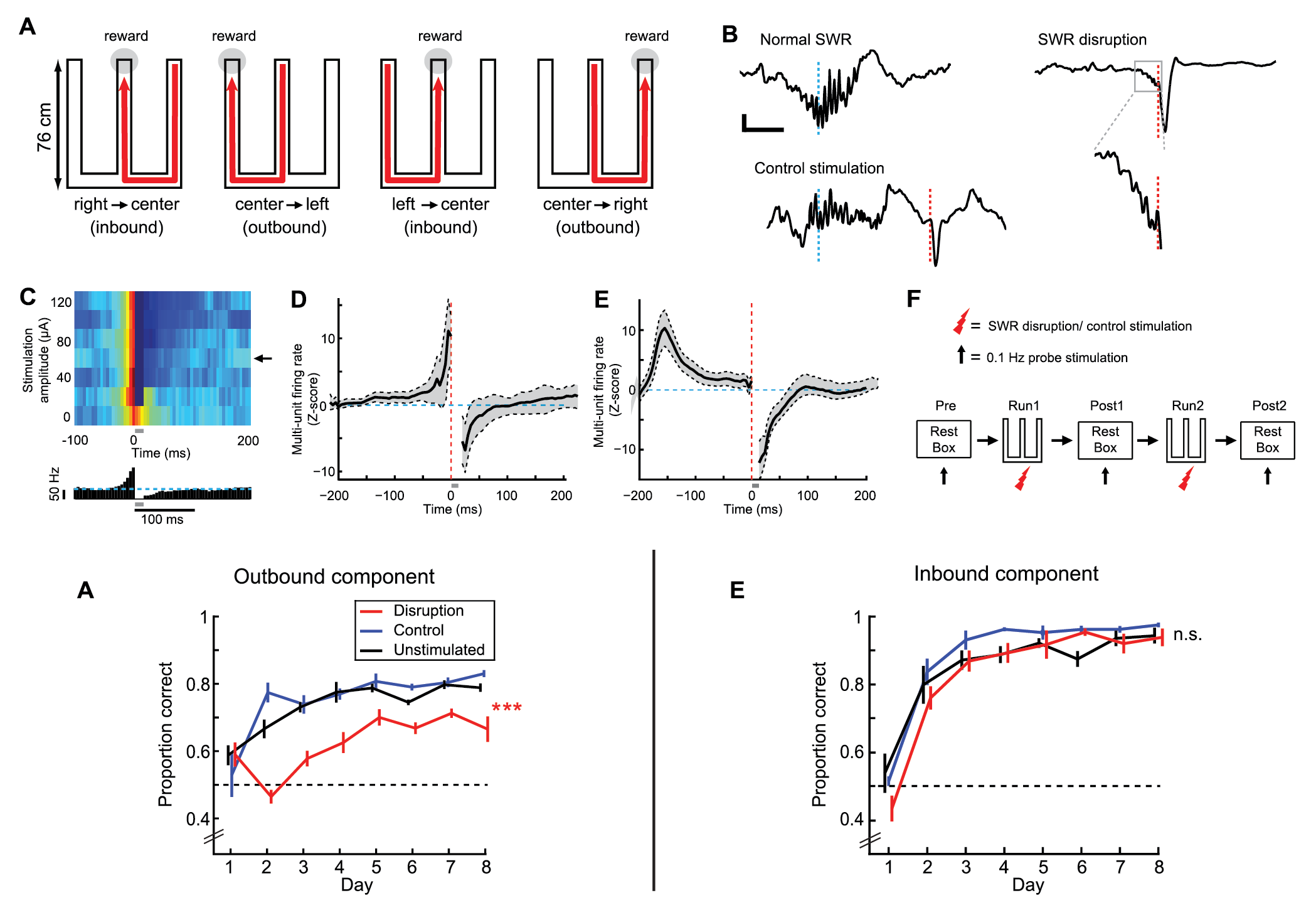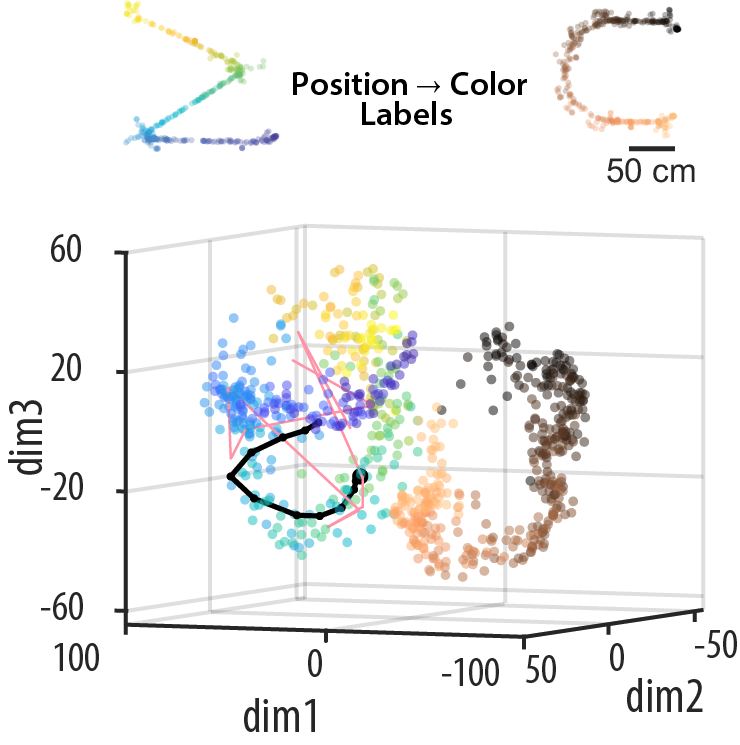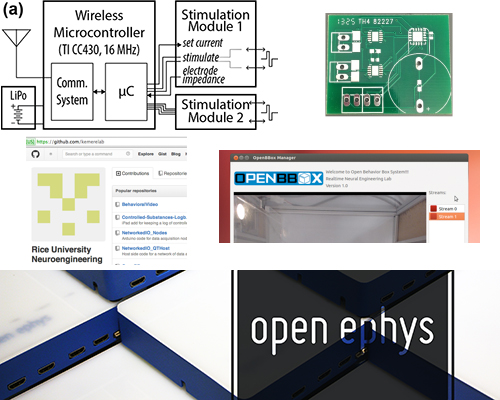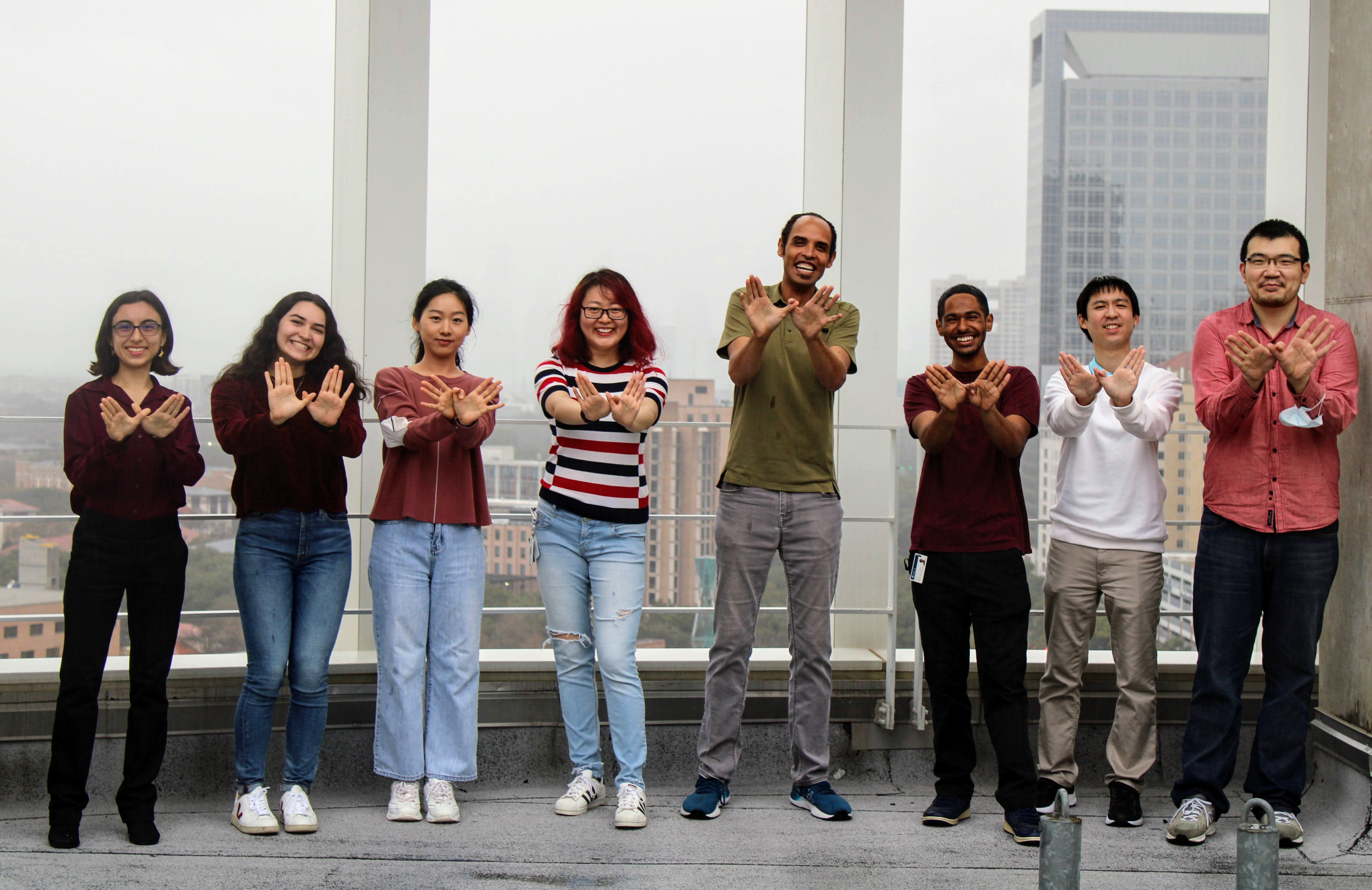Realtime Neural Engineering.
Our lab designs new ways of understanding and interacting with complex neural circuits in vivo. Our approaches enable new ways to explore how information is processed, stored, and retrieved in both healthy brains and in models of human neurological diseases and disorders. The experimental neurobiological topics we focus most on are understanding memory - how knowledge is integrated and stored, including during periods of offline processing. Our forte is the use of closed-loop signal processing to demonstrate the causal signficance of specific patterns of ensemble activity. We also develop new algorithms to make sense of large amounts of data, and new neural interface technologies, systems and software that are shared as open source.









